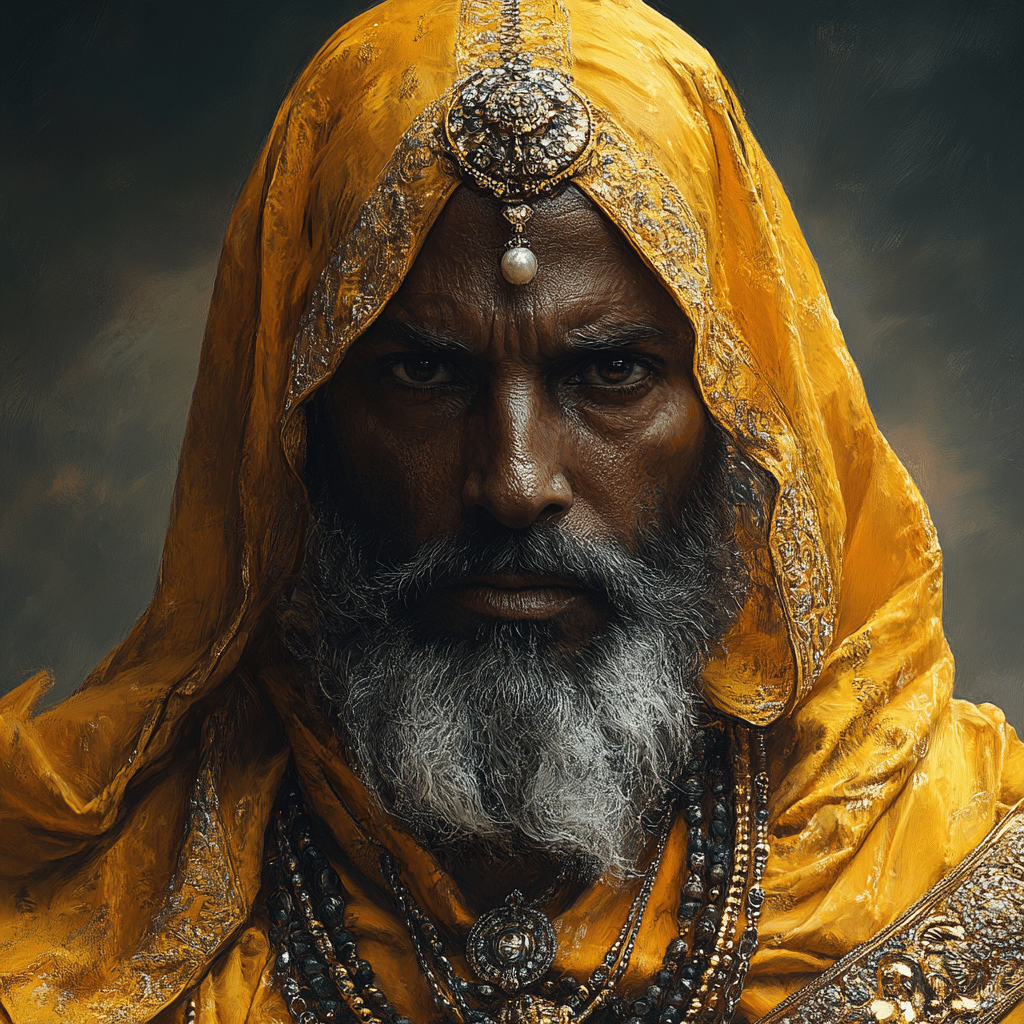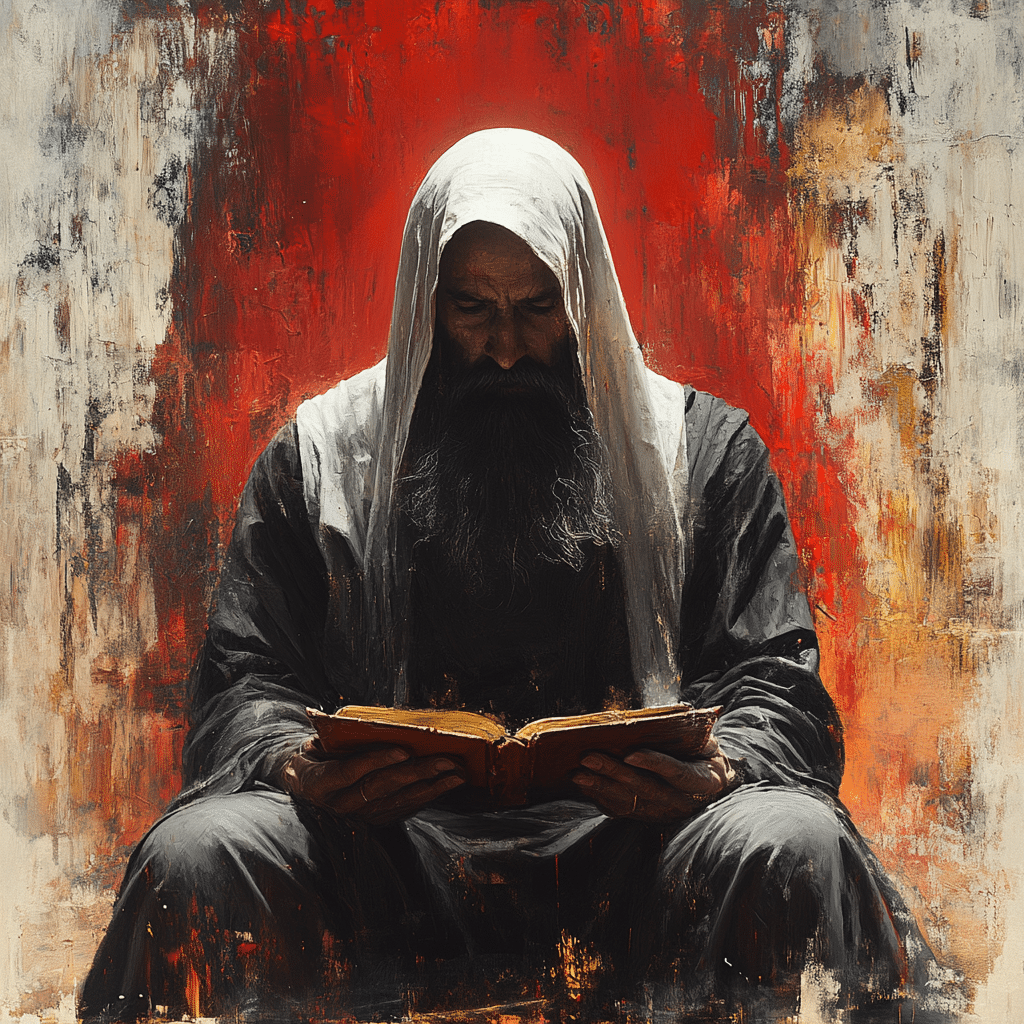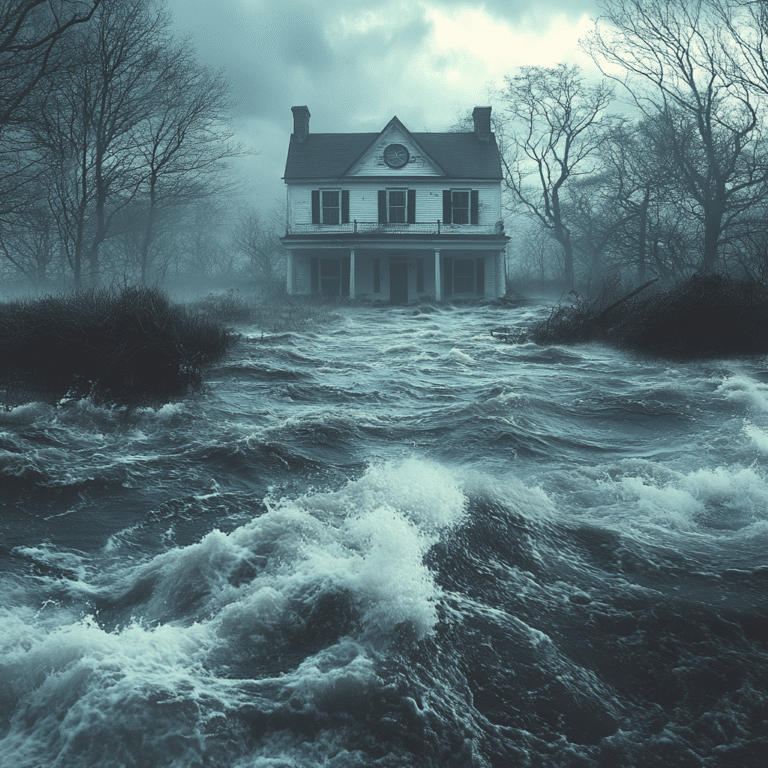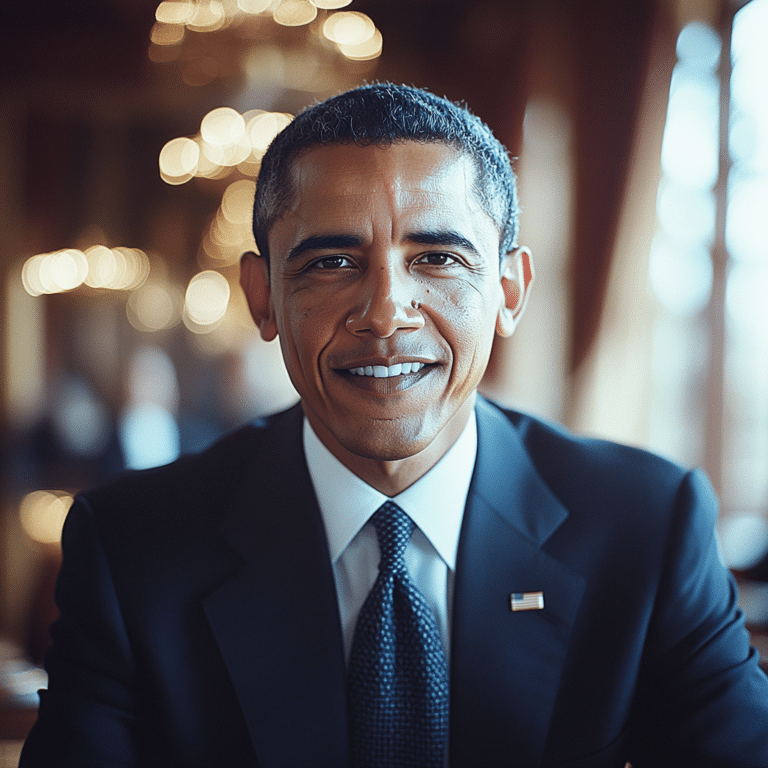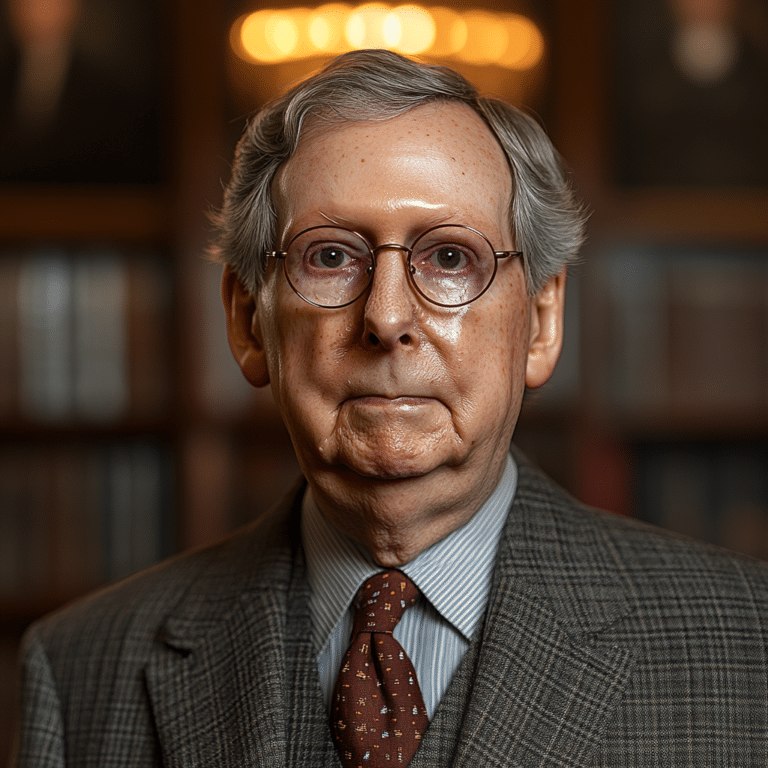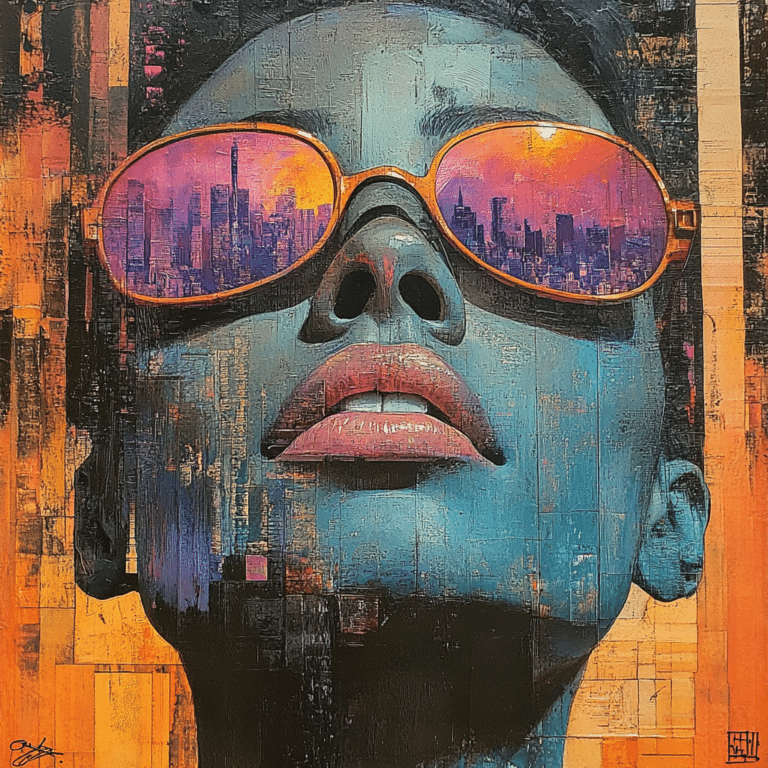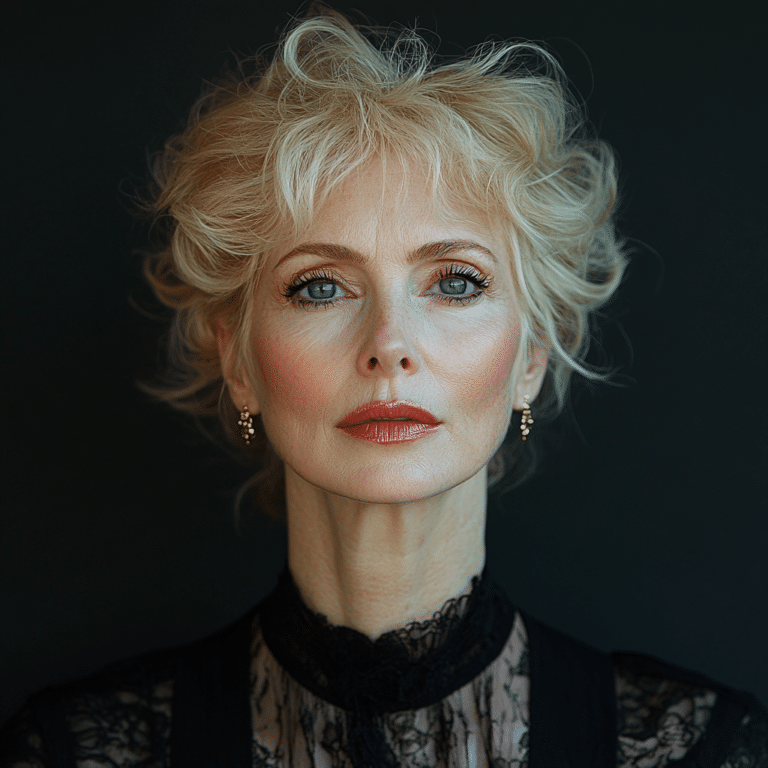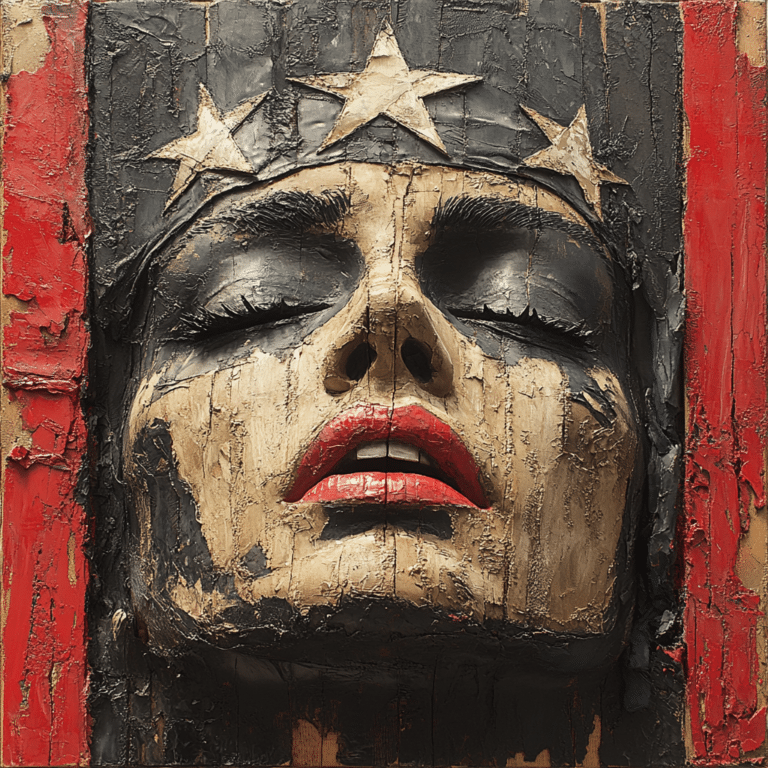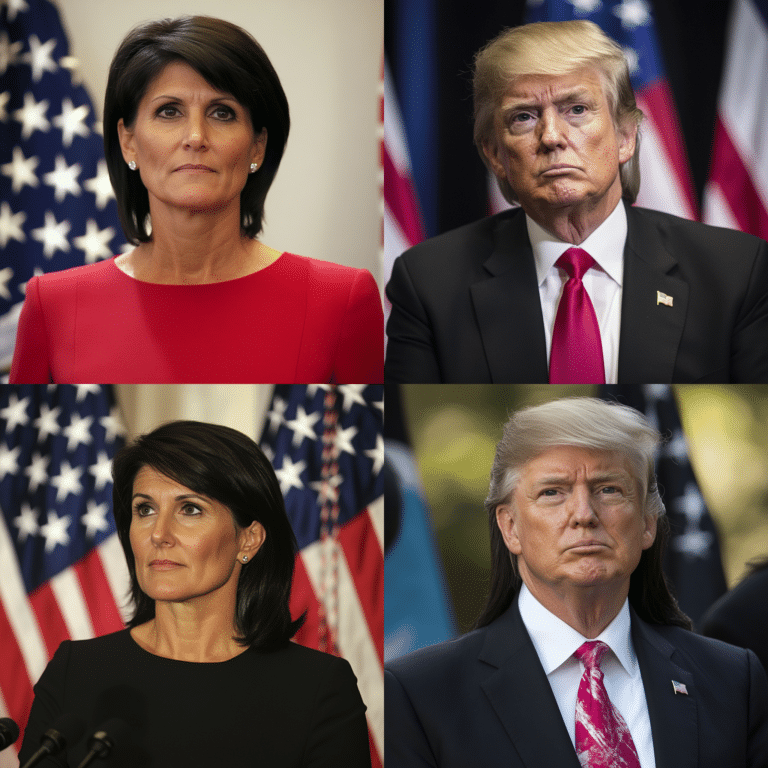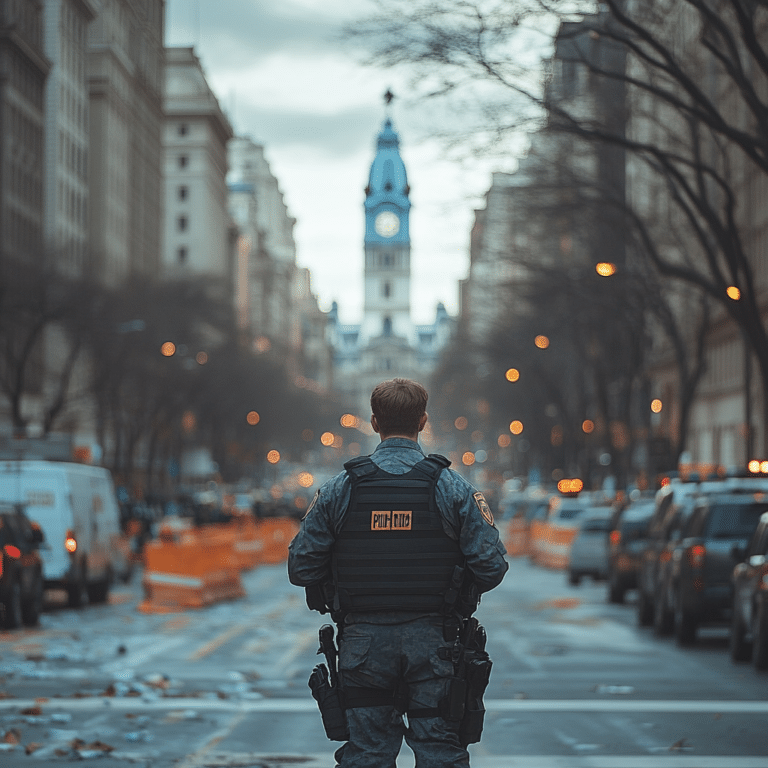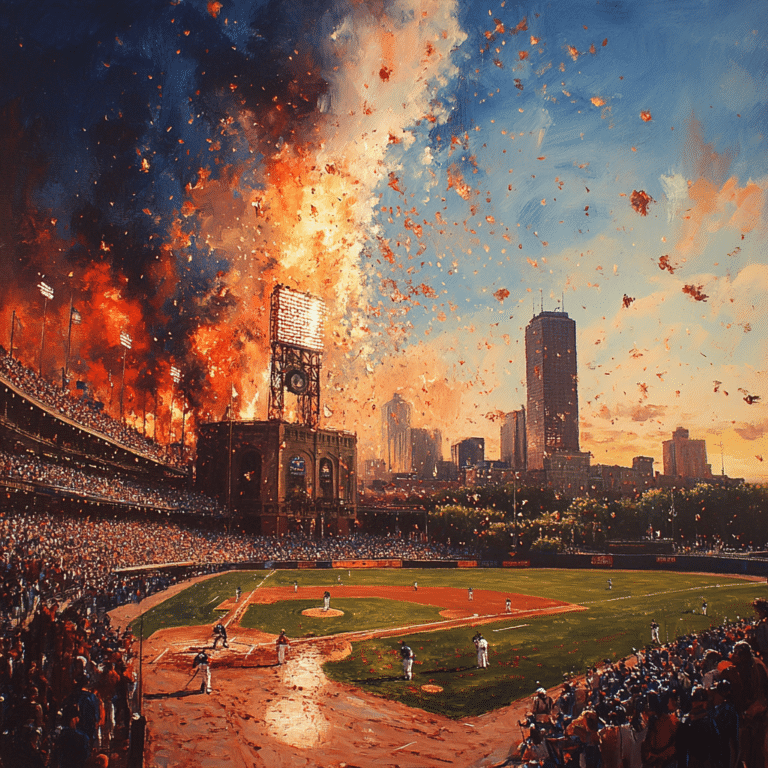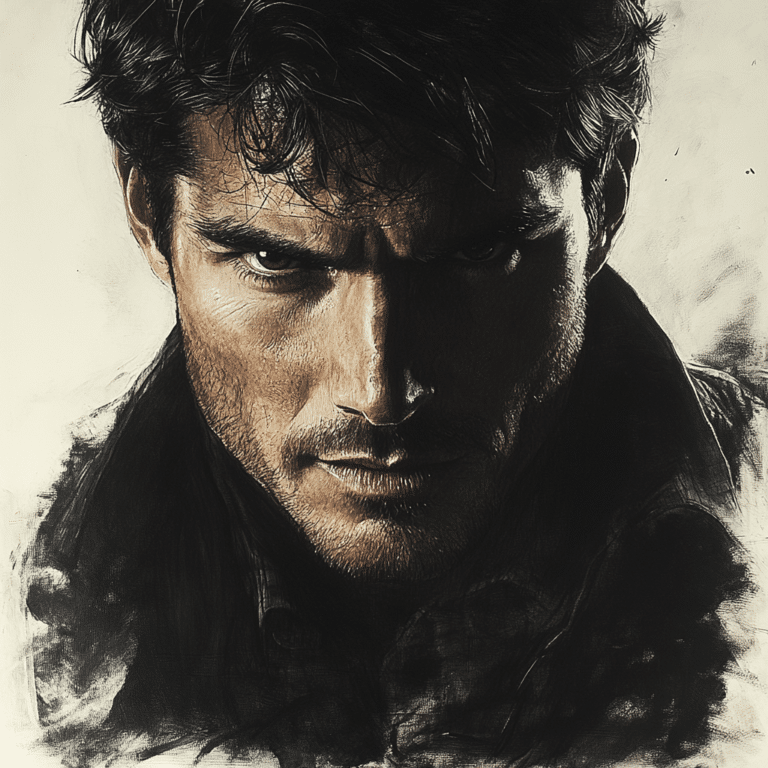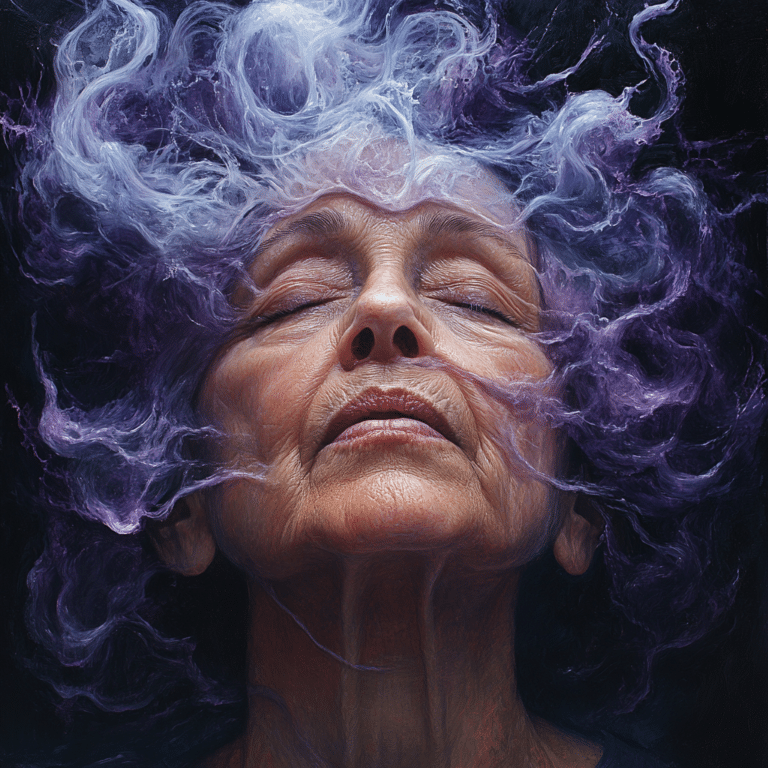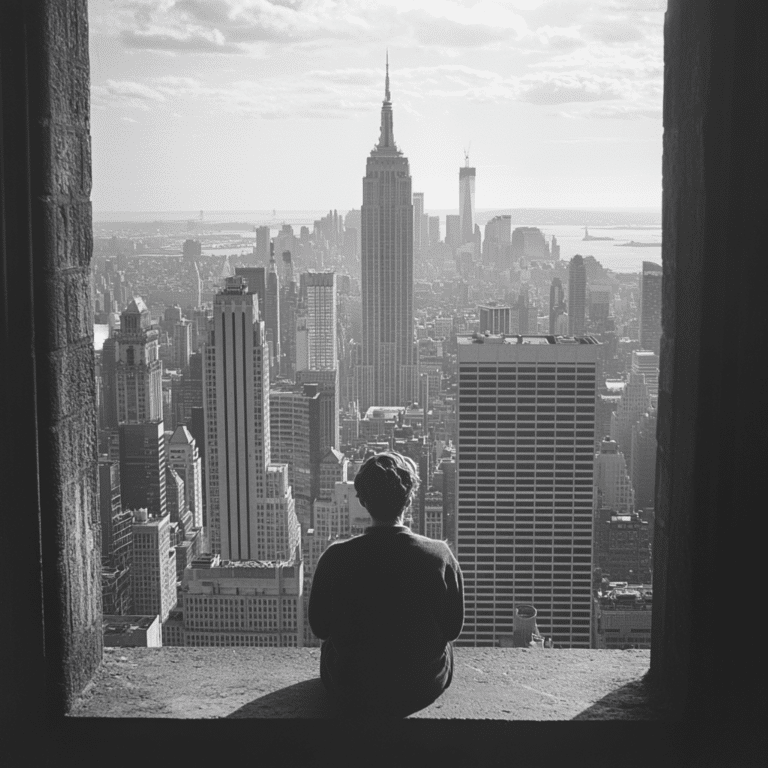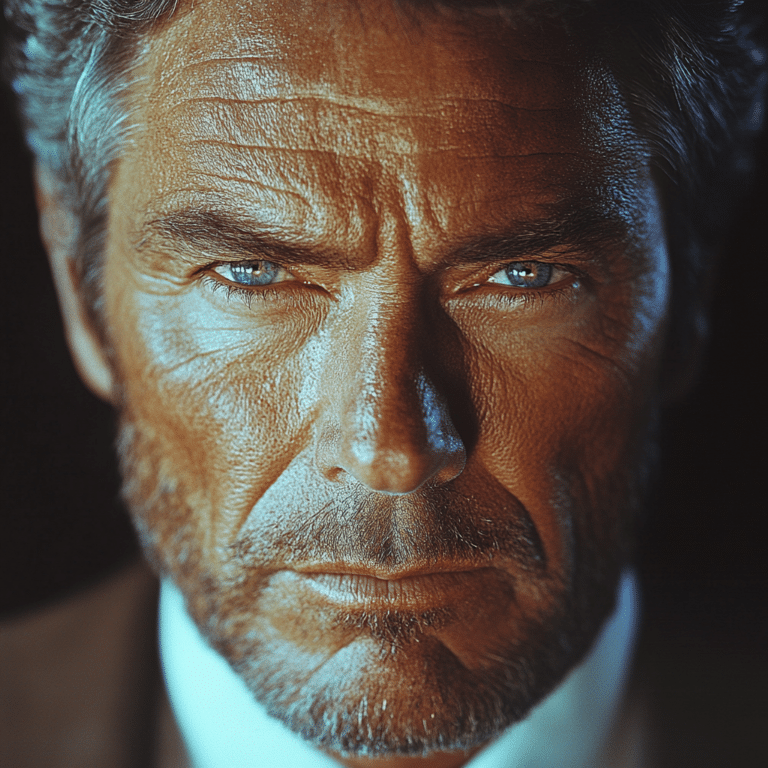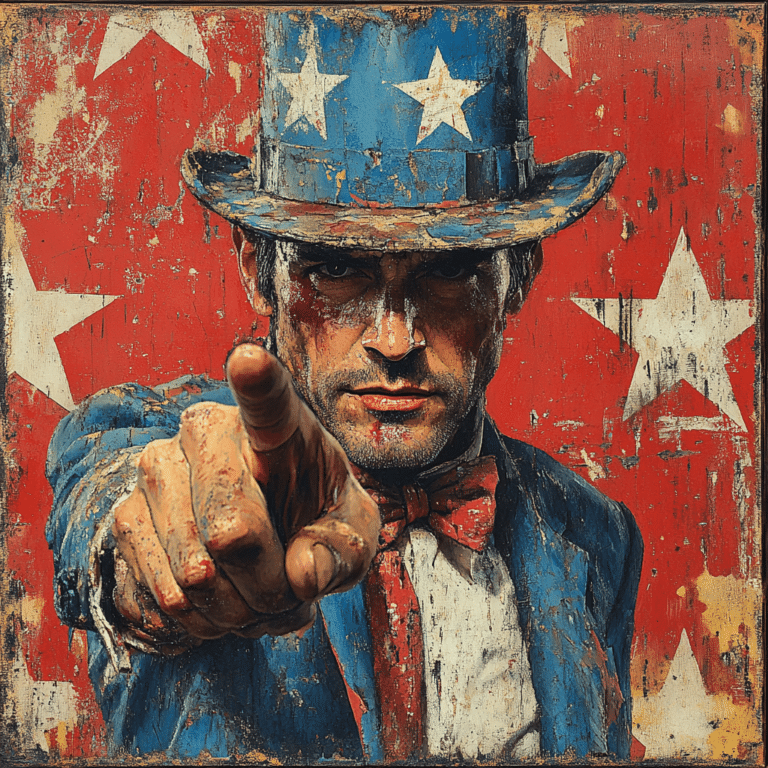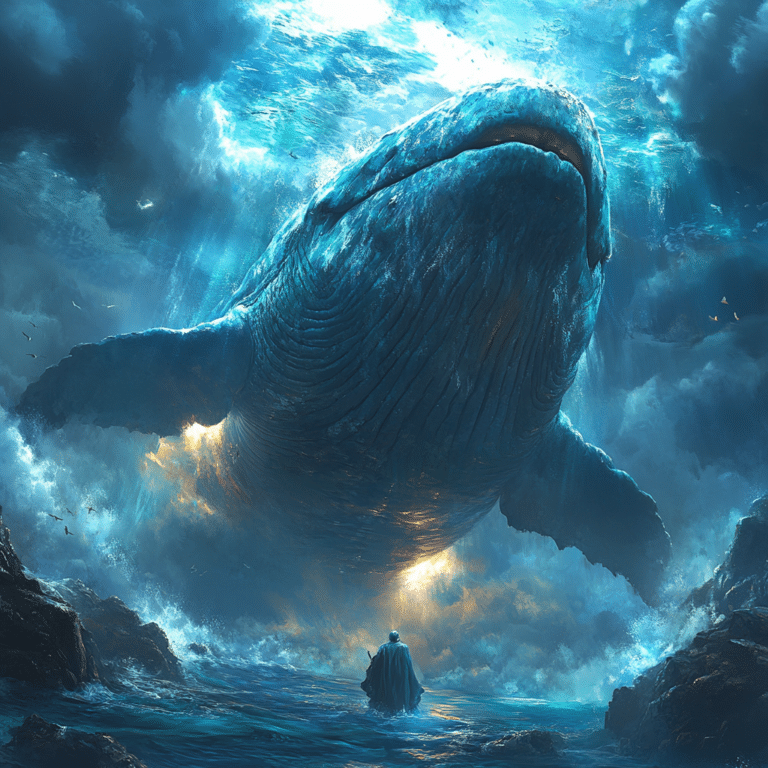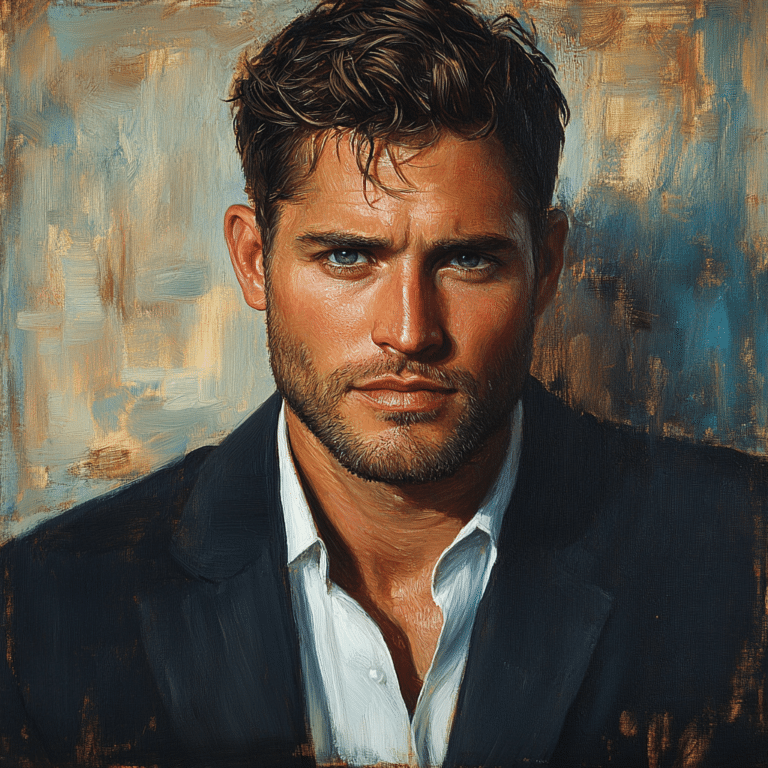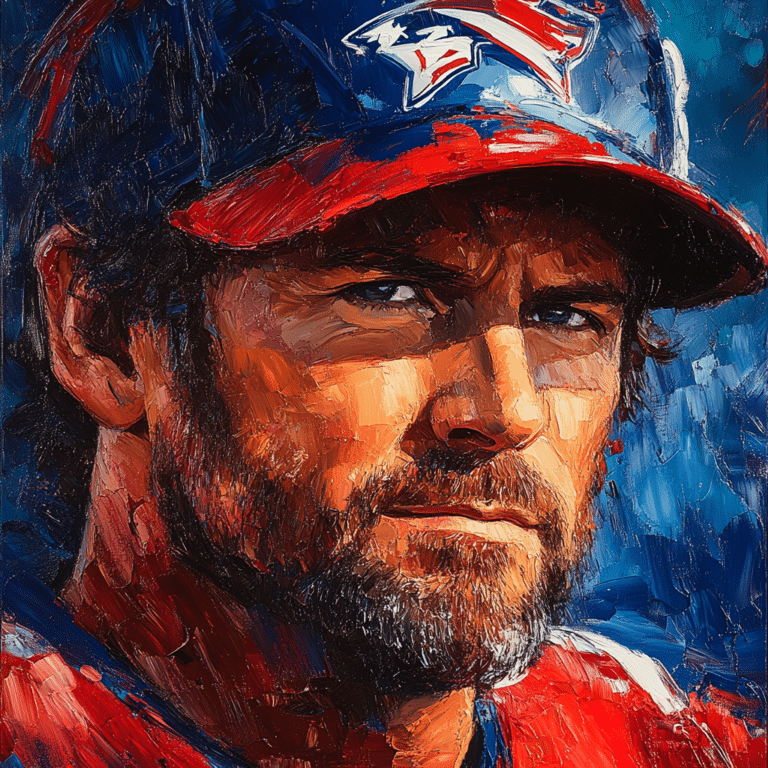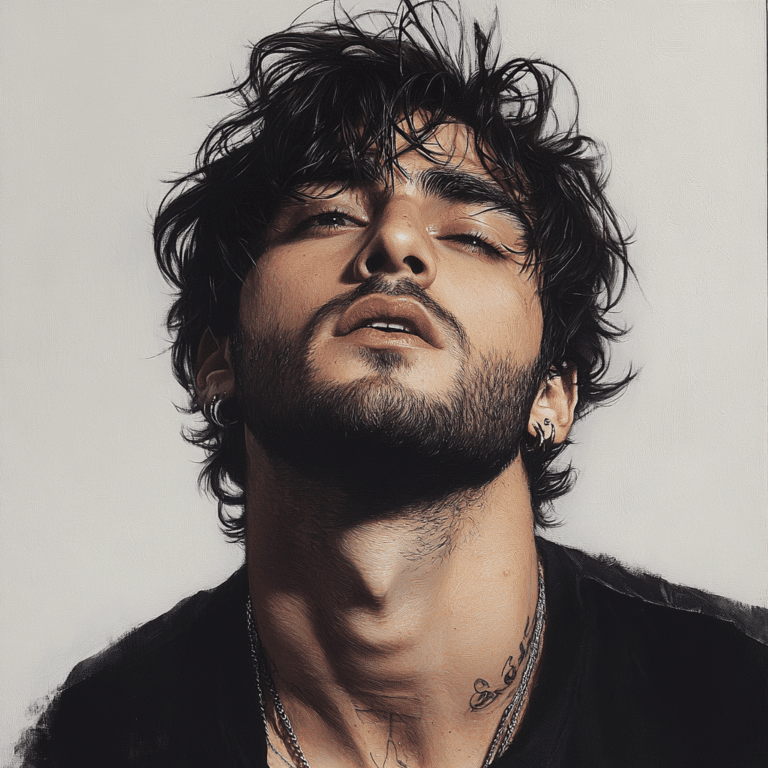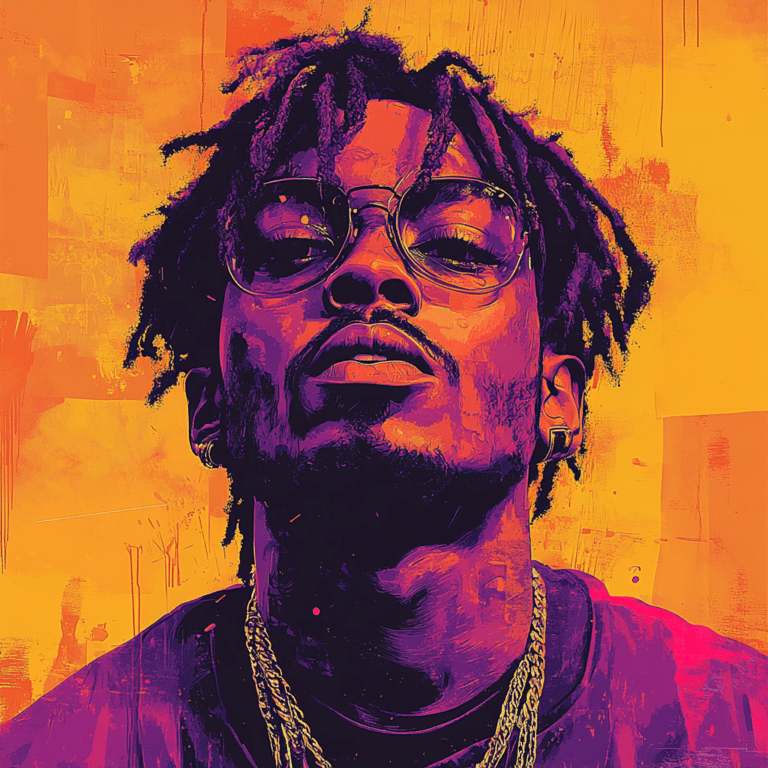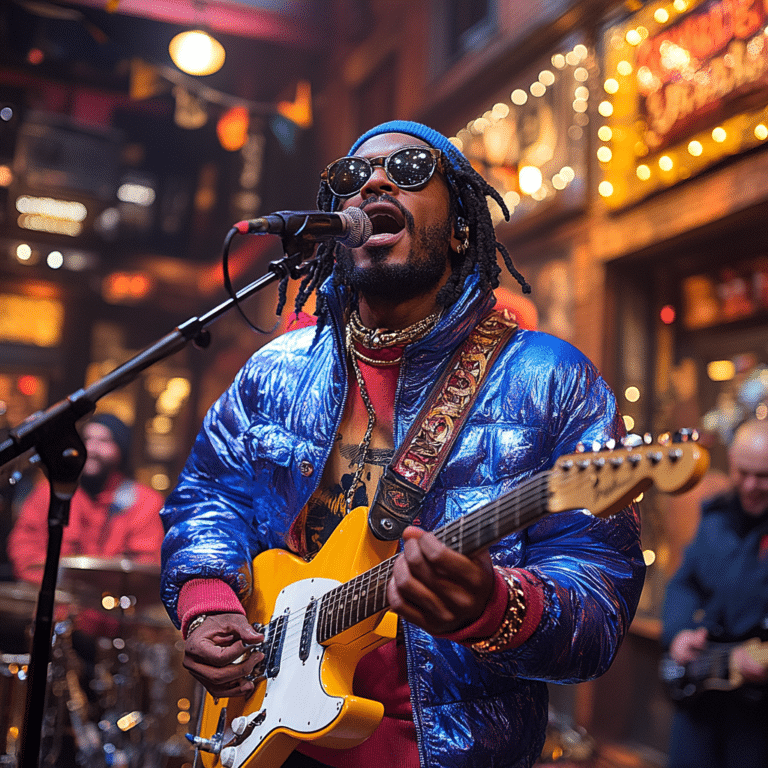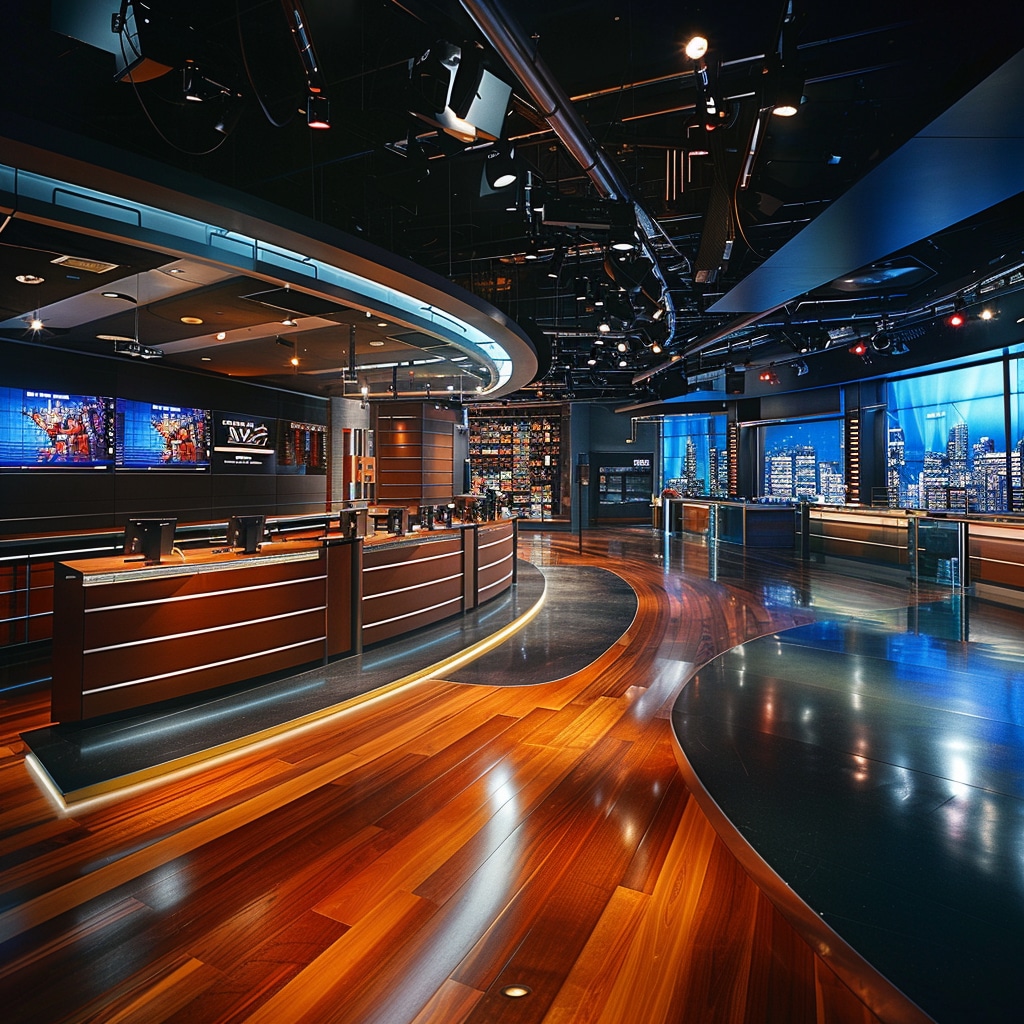The term ayatollah resonates deep within the fabric of Iranian identity, shaping its political and religious landscape in profound ways. As the Supreme Leader, Ayatollah Ali Khamenei epitomizes the intricate blend of governance and religious doctrine that influences not just a nation but a whole region. His reign symbolizes a continuing saga of leadership defined by both domestic challenges and international pressures, where each decision echoes the ideology birthed from the 1979 Islamic Revolution. The ayatollah’s authority casts a long shadow over Iran’s future, demanding attention and analysis from those concerned about global dynamics.
The Ayatollah’s Influence in Iran’s Political Landscape
The ayatollah has become synonymous with power in Iran, merging political authority with religious dominance. Khamenei’s influence is profound, steering the narrative around critical issues such as freedom, economic hardship, and geopolitical machinations. His leadership stems from a legacy that values resistance against Western hegemony, nourishing national pride while fostering an insular perspective toward foreign relations.
Governance in Iran has predominantly taken cues from Islamic principles. Khamenei often invokes these teachings, melding them into the state’s political discourse. While many support this approach, the tension grows among the more secular factions of Iranian society, raising questions about the country’s future direction. This balancing act illustrates how the ayatollah is not merely a religious figure but a key player in a power structure that navigates the complexities of modern governance.
Under the guise of ayatollah authority, the Iranian government has faced criticism for its handling of civil liberties and human rights. The crackdown on protests and dissent stands testament to the challenges Khamenei faces, with many voices rising against not only the regime but also the underlying ideology it represents. As we’ll explore, these challenges are set against a backdrop of fervent national identity steeped in revolutionary ideals.
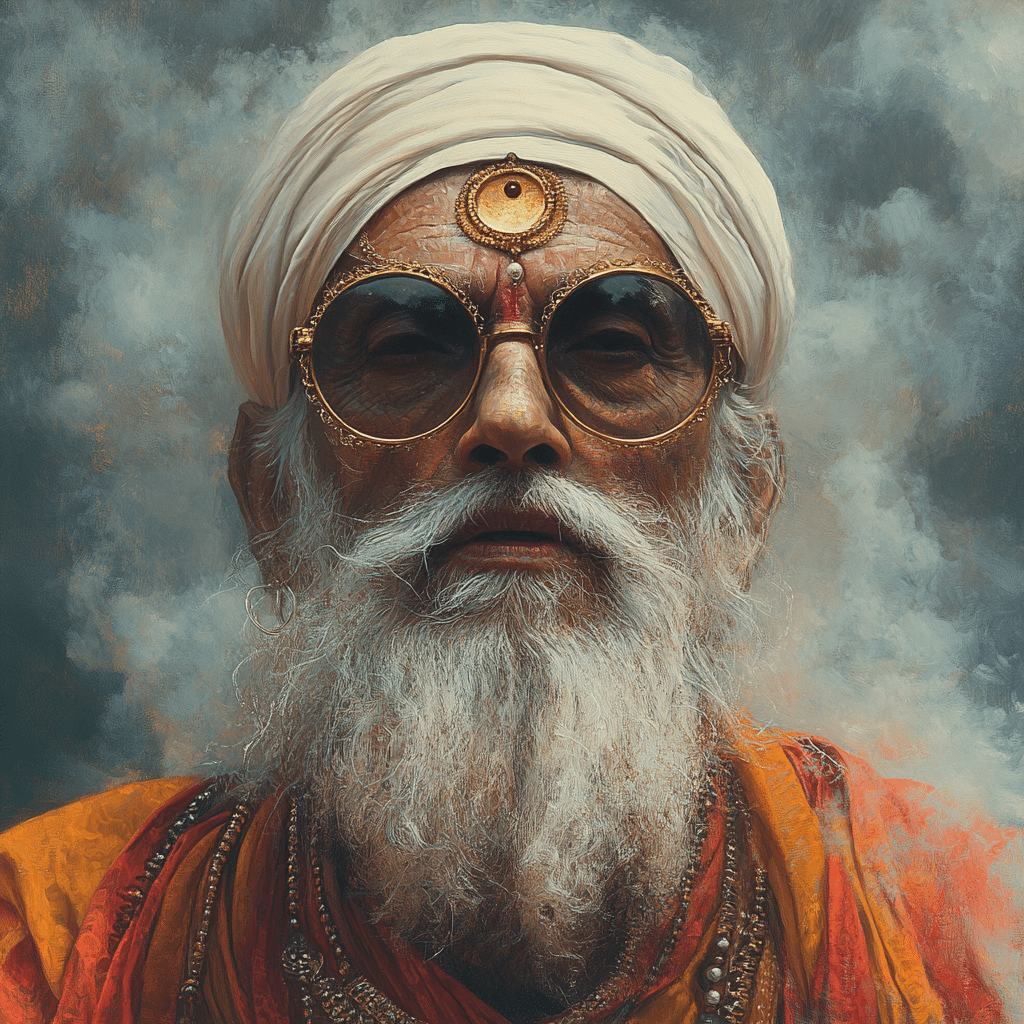
Top 5 Ways the Current Ayatollah is Shaping Iran’s Future
The Future: Potential Challenges and Opportunities for the Ayatollah
As Iran looks towards its future, Khamenei faces several pressing challenges. The youth, disillusioned by economic turmoil and lack of freedoms, demand reforms that could threaten the establishment’s power. This growing discontent is a double-edged sword—offering potential for change while posing risks of instability.
The external pressures from U.S. sanctions and shifting global alliances complicate matters further. Khamenei must navigate a treacherous landscape, balancing his hardline ideology with practical state needs. The ayatollah’s adaptability in responding to these pressures will define his leadership’s effectiveness in the coming years.
Moreover, the rising calls for democratic reforms present a pivotal moment for the ayatollah. The interplay between hardline policies and the necessity for reform creates a landscape ripe for transformation, challenging the established order while competing against the revolutionary narrative that has long been Khamenei’s pillar.
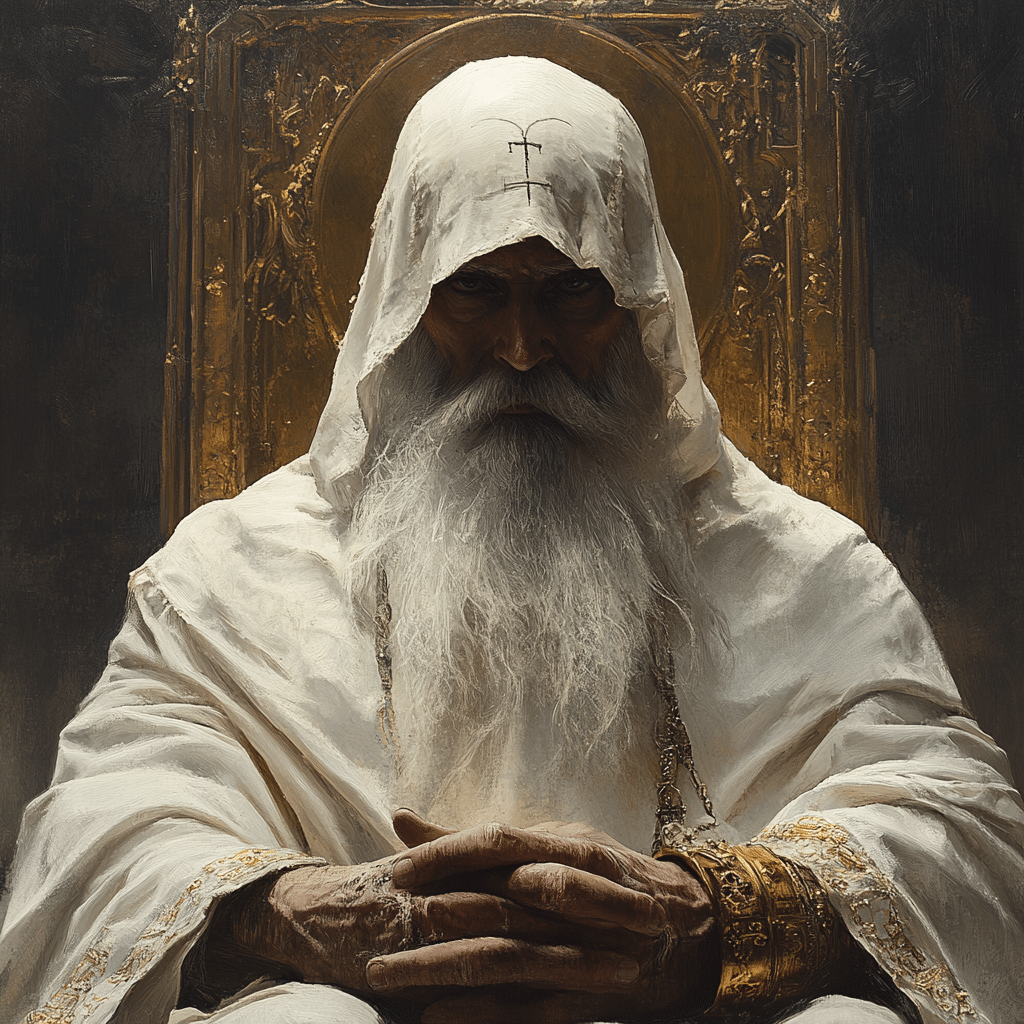
Looking Ahead: The Legacy of Ayatollah Khamenei
Khamenei’s legacy is bound to impact not only Iran but the broader Middle East landscape. His tenure will be defined by how successfully he navigates mounting pressures from both domestic discontent and international tensions. As time progresses, the ayatollah finds himself at a crossroads between maintaining the hardline stance that has secured his power and adapting to the pressing demand for change.
While Khamenei may represent a bastion of stability for many, the future is fraught with uncertainty. The prolonged tension between revolutionary ideals and the reality of people’s desires may shape the trajectory of Iranian society in profound ways. As time unfolds, the legacy of the ayatollah will resonate throughout history—an intricate blend of power, ideology, and the relentless quest for national identity.
In conclusion, the ayatollah remains a driving force in Iran, continually weaving a tapestry of authority that influences not just a nation but a region grappling with its identity. The delicate balance of upholding revolutionary principles while recognizing the need for reform will determine Khamenei’s place in history and the future expansion of Iran’s influence. As global dynamics shift and the voices within Iran grow louder, the potential for transformation beckons—a future that awaits to be defined.
Ayatollah: The Powerful Leader Shaping Iran’s Future
The Influence of the Ayatollah
Did you know that the term ‘ayatollah’ means “sign of God”? It’s a title given to high-ranking clerics in Shia Islam who exhibit extensive knowledge of Islamic law and theology. Often regarded as the ultimate authority on religious and political matters, the ayatollah has shaped Iran’s policies significantly. This influence resonates not just in politics but also impacts social issues, making the role a cornerstone in the nation’s governance.
But here’s a little fun trivia: the late Jozsef Barsi, a child actor who starred in films in the 80s, faced challenges that were far removed from the political drama of modern Iran. His story reminds us that everyone grapples with their own conflicts—be it personal or national. Speaking of personal struggles, just like the fine folks in Los Ángeles navigate the complexities of life in the city, Iranians under the ayatollah live through challenges rooted deeply in their cultural and political landscapes.
Cultural Footprint
Moreover, the ayatollah’s sway extends to domestic policies that echo through the region. Interestingly, the world of sports takes center stage too—just like the Hurley Lakers capture the hearts of basketball fans in St. Louis mo. In Iran, sports are sometimes used as a tool for promoting national pride, reflecting the ayatollah’s influence over public sentiment.
And speaking of influence, there’s a lot of chatter about fashion trends emerging beyond politics. For instance, brands like Pair eyewear are making headlines, showing how culturally relevant items can bring fresh perspectives—much like how Iranian youth are often seen pushing against the boundaries set by traditional norms. With an ever-evolving narrative, it’s remarkable how traditions and modernity can intermingle.
Unique Perspectives
Finally, as we explore the world shaped by the ayatollah, let’s not forget the cultural contributions that paint a vivid picture of Iran today. Baywatch Hawaii, for instance, is an unexpected connection, but hear me out. Just like how that show portrays a mix of leisure and drama, Iran also balances its rich history with ongoing narratives of resilience amidst political turmoil.
In this intricate tapestry, just like the invasion of ideas across borders, perspectives on the ayatollah’s role as a political leader continue to provoke thought, debate, and, ultimately, progress towards a more diverse dialogue that transcends simple labels. In the end, understanding the ayatollah isn’t just about politics; it’s about grasping the fabric of a society unraveling its own story.
